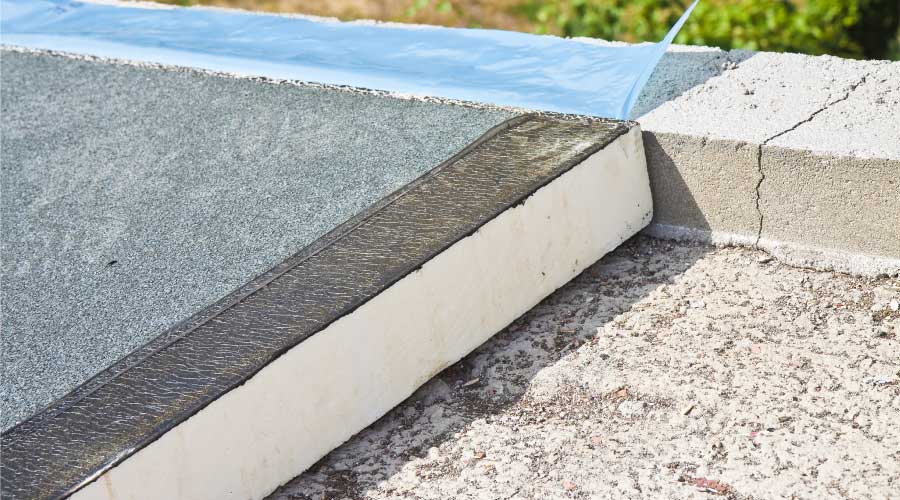Role of Staff, Training, Building Data in Loss of Energy Efficiency
In continuing their description of some common reasons buildings start to lose their as—designed energy efficiency, a group of building experts focused on operating—staff size and training and a basic lack of building data. Specifically:
The staff of building operators is too small to handle its tasks properly or is overwhelmed by having to monitor too many buildings. “I know so many people who have said to me, ‘We used to have six people doing this; now we have two,’ ” Newman says. Many times a building owner, faced with unsatisfactory building profit, starts trimming the building maintenance team, he says.
Constant staff turnover and the subsequent need to keep re—training. Such turnover creates a “vicious circle,” in the words of one property manager. When key building operations people leave, they take a lot of knowledge with them. And that can include the nuances of multiple buildings all built for different generations of technologies and construction styles, Strazdas says.
A related problem is a change in ownership or management. The outgoing owner may have had a strict regimen for how he or she wanted buildings operated and tracked things at a high level. Then a new owner comes in with a different set of priorities, and things begin to degrade.
Inadequate training of maintenance people and tenants. Many older mechanics learned specific components but not a system as a whole, Strazdas says. Today’s more sophisticated building systems are highly interactive, with multiple areas, such as electrical, mechanical, and fire—safety, all integrated. “We have to have technicians understand how everything is interconnected and how if they touch this one thing it can impact 10 other things,” Strazdas says.
A BAS can make even a small building complicated, and today’s sheer variety of building systems and technologies makes it even harder.
Occupants need training too, so that they don’t expect a building to do something it can’t, Strazdas says. “It’s 90 outside and you want it at 68,” he says. “Now I have to run the building longer or start it earlier because you want it two degrees cooler than what the building was designed for.”
A basic lack of data, including whole—building energy—related data and such documents as a building operating plan and architectural drawings. That lack of data makes it impossible to form a clear picture of how a building is really performing. “When you take over the building, where are all the drawings, where is all the history?” Skodowski asks. “We’re starting to see better methods for capturing that material and holding on to it, but all too often you walk into a building and there are no drawings.”
Insufficient metering and data, including no breakouts of individual tenant performances or particular loads, like plug or lighting, hamper any attempt to conclude how energy—efficient a building is, or to make such decisions as whether a building is right for a lighting or other type of retrofit.
Quantification lets you know what the issues are, says Strazdas, whose school installed about 700 meters over 15 years to provide complete submetering. If your campus and each building has a decent BAS, for example, use its historical data to study trending of such basics as whether a chiller is using more energy this year (allowing for temperature differences). “You have to get your arms around heating, cooling, electricity, per building,” he says.
The outside air damper is not functioning right. Newman says his energy audits repeatedly find buildings whose outside air damper on shutdown doesn’t completely close. “Sometimes, we find a 2—by—4 stuck in the outside air damper to hold it open because something doesn’t work right and they have to have outside air coming in.”
Antiquated and poorly maintained equipment. “I’ve been through hundreds, perhaps over a thousand buildings, and the majority have outdated equipment that is in various stages of disrepair,” Lembo says.
Related Topics:














